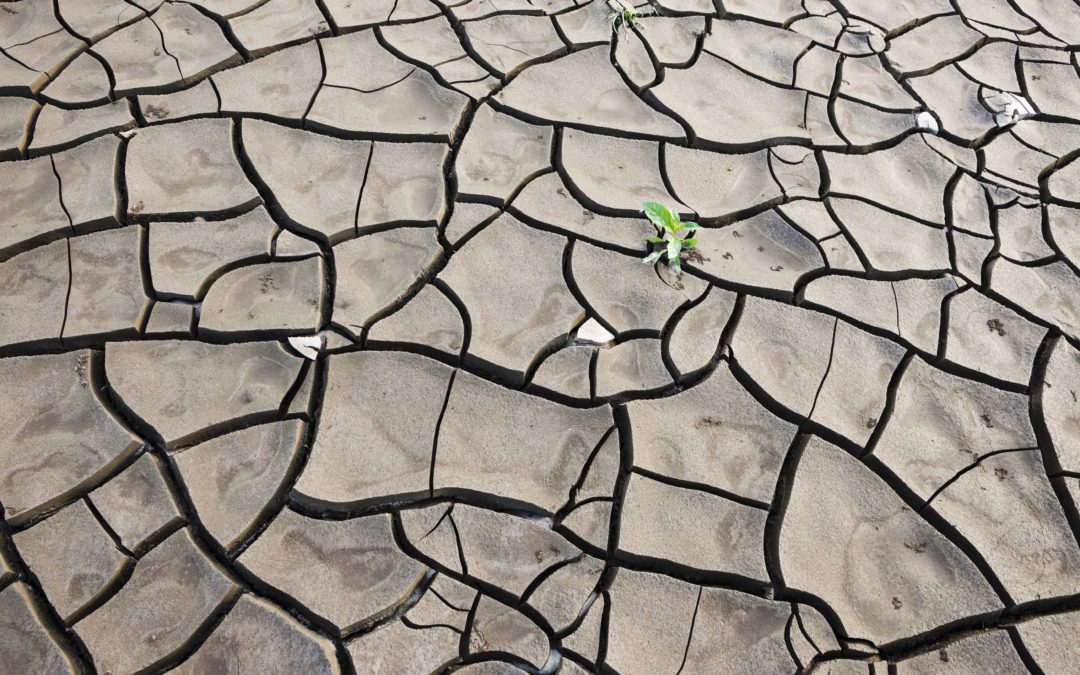
In the Senegalese city of Dakar, mudslinging is on the rise, reports Jori Lewis in The Atlantic.
As Dakar’s population has exploded in recent years, so too has demand for housing. Builders in the coastal capital have historically relied on concrete; it’s cheap, locally made and doesn’t require too much maintenance. But with the city’s temperatures expected to rise significantly, concrete’s heat-trapping properties could turn many of Dakar’s new buildings into ovens.
To prepare for a warming world, local architects are taking cues from communities in Senegal’s arid interior, where temperatures routinely exceed 43 degrees Celsius (110 degrees Fahrenheit). For millennia, these desert-dwelling groups have used sun-dried mud for construction. Why? For one, there’s a near-infinite supply of it in the Sahel. Even better, it’s an outstanding natural insulator. Typically, mud bricks are made from a mixture of ferrous soil, sand and water — all sourced locally.
In recent years, earthen structures have begun appearing in cosmopolitan Dakar — resembling elaborate, multi-level sandcastles. Operating the brick presses requires five people, but no resource-intensive manufacturing facility, no electricity and no diesel fuel — only water. Mud brick buildings tend to stay cooler than concrete ones, reducing air-conditioning costs and minimizing their carbon footprint.
“It’s totally renewable. You add water to it and make mud again,” says Doudou Dème, who founded a firm that creates mud-based building materials. “It’s a complete loop.”
A landmark report released earlier this year by the UN’s Intergovernmental Panel on Climate Change, underscores the need for cities to swiftly adapt to climate change and plan for resource efficient growth.
The use of mud bricks is just one way in which nature can help people adapt to climate impacts. In some coastal areas, communities are combining nature-based solutions with modern engineering to build urban resilience through a technique known as “green-gray” infrastructure. For example, in the Philippines, Conservation International is working with communities in flood-prone regions to combine seawall construction with mangrove restoration in an effort to reduce storm surge during typhoon season.
“As climate change accelerates, nature-based activities must work in tandem with more conventional man-made infrastructure,” said Jennifer Howard, marine climate change director at Conservation International, in an interview with Conservation News. “Green-gray infrastructure can help strengthen a community’s protection against extreme floods, storms and rapid sea-level rise; provide crucial benefits such as fresh water and fisheries; and remove carbon from the atmosphere — it’s a win-win-win.”
Read the full article here.
Matt Ribel is the executive writer at Conservation International. Want to read more stories like this? Sign up for email updates here. Donate to Conservation International here.
Cover image: Dried mud, Peru (© Benjamin Drummond)
If you’d like to read the original source of this article please click here Visit Source

